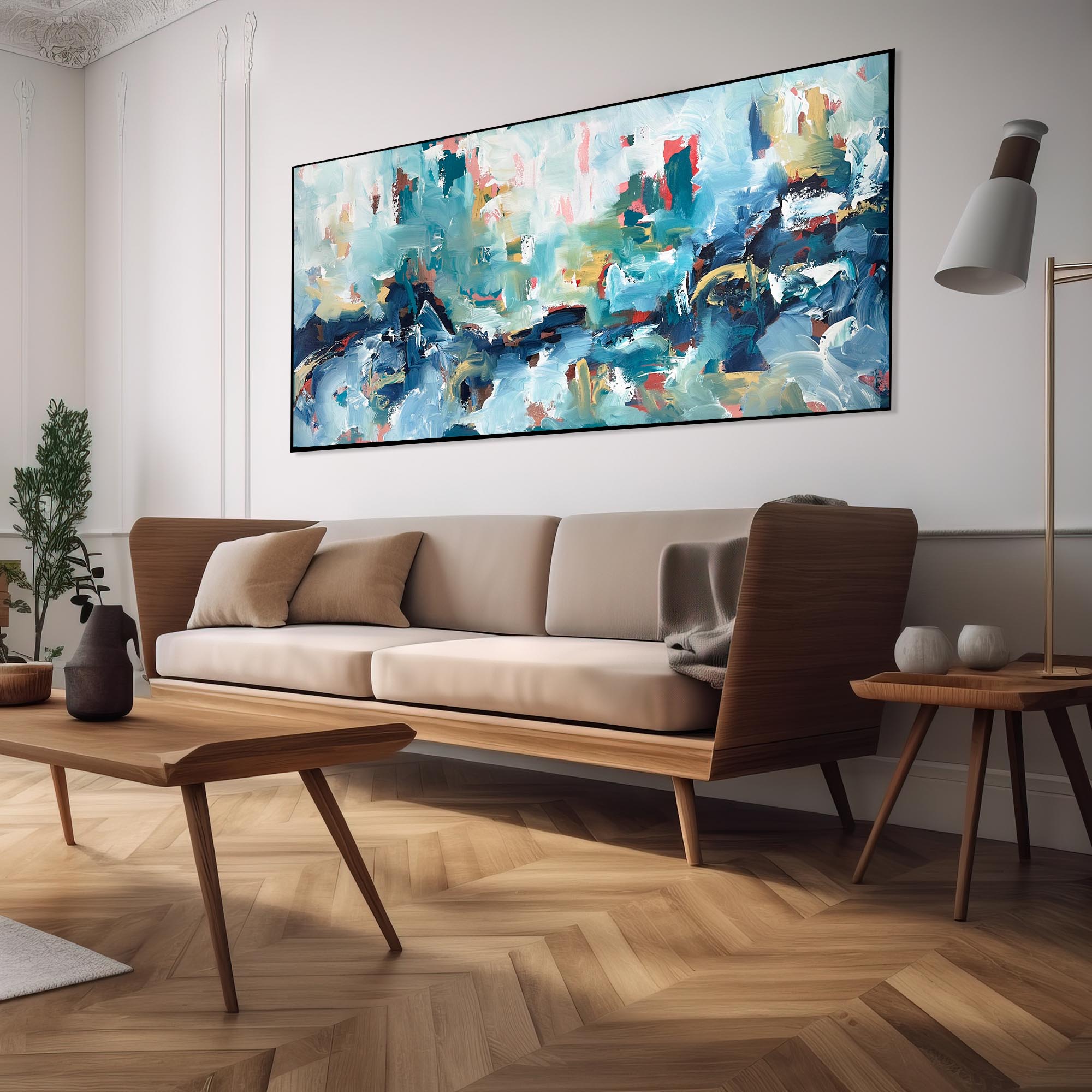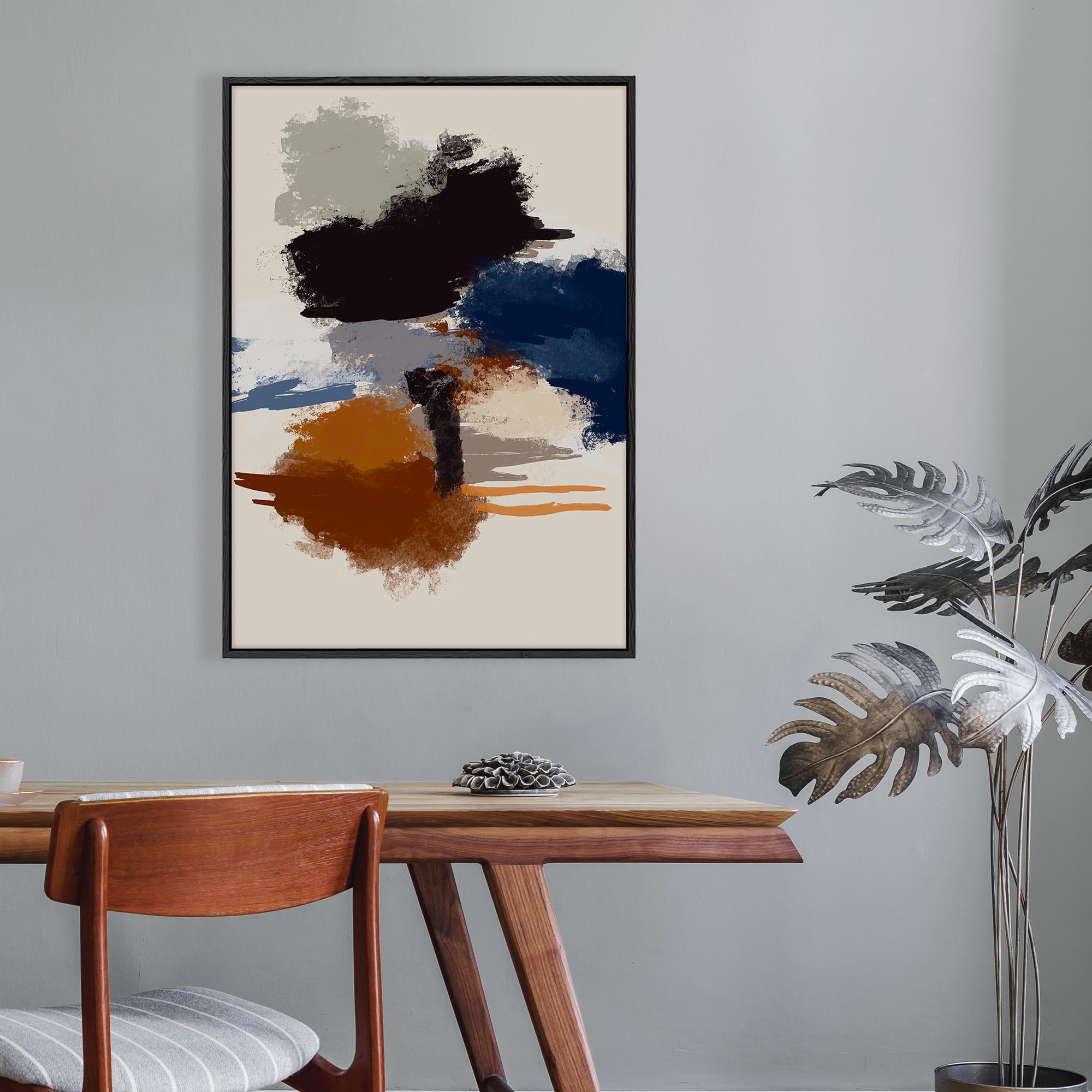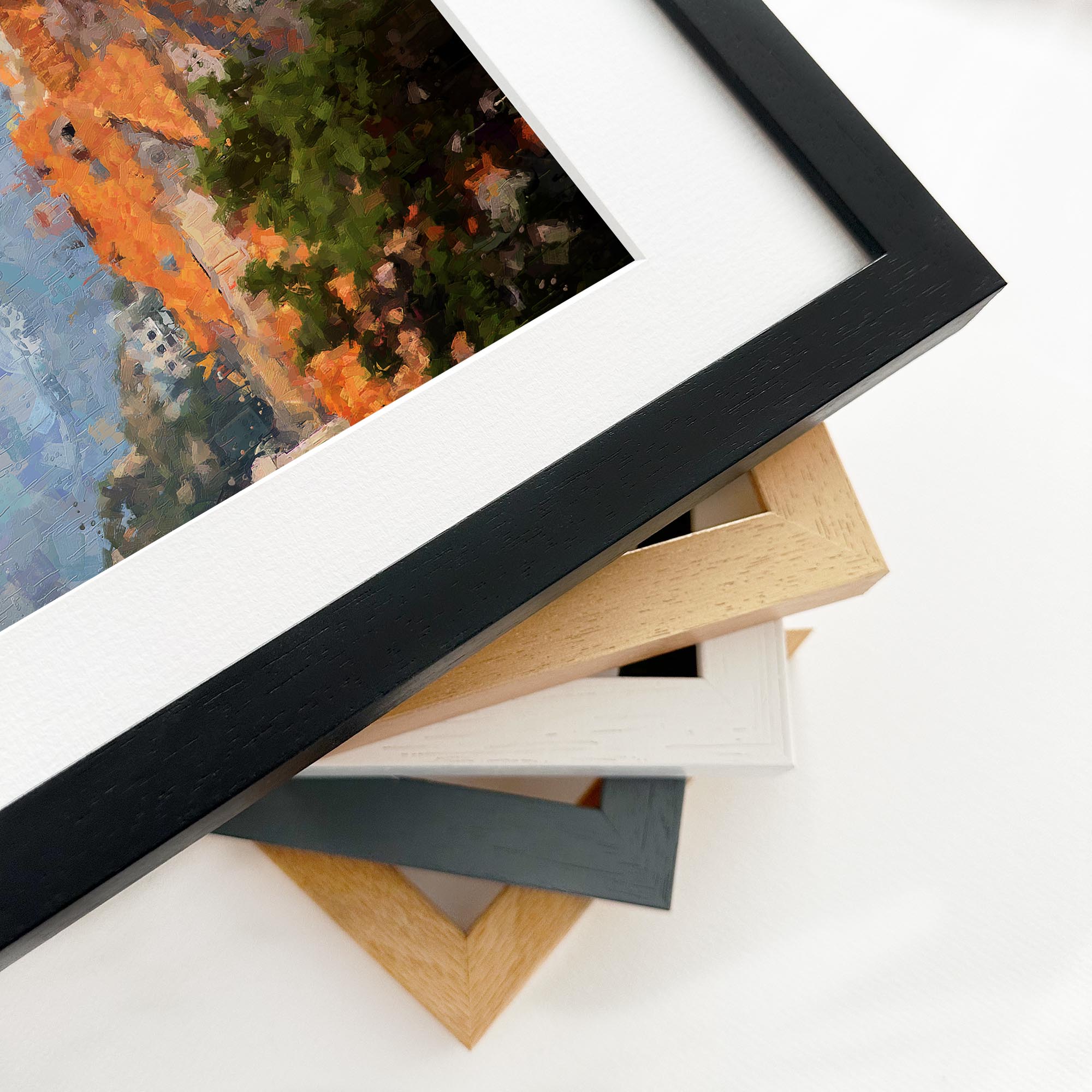Mark Rothko is one of the most important painters in the post-World War II era of modernism. His iconic “colour field” paintings are amongst the most admired pieces of the 20th century. The master of abstract art, Rothko’s seminal works are some of the most important in the world today .
Image: Nils Jorgensen— REX/Shutterstock.com
Childhood
Originally Markus Rothkowitz, the painter’s background is not as deeply rooted in 20th century New York as some suppose. Rothko was actually born and raised in what is now known as Latvia but was then a part of the Russian Empire. Born to a Marxist father, his family was entirely secular. However, the family were of Jewish descent and, in a time of extreme anti-semetism in Russia (and indeed Europe), Rothko’s childhood was largely defined by fear and uncertainty.
Rothko came from a modest but highly educated family which had a great appreciation for knowledge and culture. Despite his father’s historic mistrust of religion, he had a sudden return to Orthodox Judaism. He subsequently sent his youngest child, Rothko, to cheder (an elementary school dedicated to the teaching of Judaism and the Hebrew language) at the age of five to study the Talmud.
Move to the US
Fearing the Russian army would draft in his sons, Rothko’s father, Jacon, emigrated his family out of their home country to the United States. They settled in Portland, Oregon where Jacob soon passed away. After being forced to work from a young age and learn a completely foreign language from scratch, Rothko always mourned the loss of his childhood with bitterness.
But, his artistic talent was recognised from an early age. After graduating high school early, he was offered a scholarship at Yale University. At this stage in his life, he was actually far more interested in music than he was in visual arts. Finding Yale overly conservative he opted to leave early and was ungraded.
New York City
After leading Yale, Rothko moved to where he would call home for the rest of his life - New York City. Home to thousands of aspiring artists, musicians and sculptors, Rothko entered a period where he truly embodied the “starving artist” trope.
At this time, he focussed mainly on nudes and city landscapes, not yet in touch with his abstract style he would later be renowned for. However, in 1928, after a brief visit home in Portland, he was chosen to participate in a group show with Lou Harris and Milton Avery at the Opportunity Gallery. He had only been painting for three years.
Image: Entrance to Subway by Mark Rothko, 1938.
The Great Depression
In the 1930s, America entered into a period of economic hardship known as the Great Depression. This period inspired American creatives that we still herald today including John Steinbeck and Louis Armstrong. Rothko was amongst such artists who were conscious of the social implications of widespread unemployment, prompting him to join the leftist Artist’s Union. The group of artists fought for a municipal gallery which they were granted. Despite meeting several painters, Rothko was predominantly gravitated towards other
Russian Jewish artists.
During this period, Rothko was painting in a distinctly Expressionist style. During this time when morale around the city was low, the artist’s paintings generally took on more muted tones in contrast to his later, more vibrant pieces. He was markedly concerned with loneliness of the individual within urban areas such as New York City. Yet his Expressionism did not last and, in the 1940s, he turned towards Surrealism. Before this, in 1939, Rothko quit painting altogether in order to study philosophy and mythology. During the Great Depression he had developed his own theories regarding the language of myths within the splicing the human and animal forms, influencing his decision to move towards Surrealism.
Discovery of Style
In the 1940s, Rothko truly discovered his style of painting. However, whilst we frequently describe him as one of the most eminent abstract artists in history, Rothko may have some strong arguments for why that is not the case. As his career progressed, he developed a deep mistrust for the labelling of art, particularly his own. He even once declared “I am not an Abstractionist”, insisting that his paintings were based on human emotions of "tragedy, ecstasy, doom."
Image: Peter J. Smith for The Wall Street Journal
One of the most interesting protestations Rothko expressed was the fact that he was a colourist. We may interpret the artist’s work as groundbreaking pieces with colour at the very heart of their message, yet Rothko would not agree. His ambition was to communicate with human feelings through his art, rather than invoking specific emotions that have been constructed by society.
“the fact that a lot of people break down and cry when confronted with my pictures shows that I can communicate those basic human emotions”
Mark Rothko
As a result of Rothko’s defensive nature, particularly in regards to his artwork, he frequently found himself missing out on pivotal opportunities. Perhaps most notably, a commission for the Seagram building in 1958. He initially took the job as it tapped into his desire to house his artwork within a grand piece of architecture, inspired by the likes of Michelangelo’s work in the Sistine Chapel. Rothko spent the next two years working on his commission but could not find satisfaction in what he produced. As time wore on, he took time to consider the nature of his project and began to question its morality. His strong beliefs urged him to rethink the concept of hanging his artwork within a temple of commercial luxury such as a Four Season’s hotel. Not wanting to sacrifice his artwork’s integrity, he quit the commission.
Struggle with fame
In the 1950s, Rothko gained considerable recognition and even toured Europe for several months. This was notably the first time that he had returned to Europe since fleeing, yet he did not return to his home country (which was, by this point, formerly Latvia). By now, Rothko was teaching art at Brooklyn College whilst also selling many of his own pieces after a plug within Fortune magazine was released.
The artist, however, retreated into an overarching feeling of isolation, worried that his work was gaining popularity as a result of trends and fashion. His ongoing fear that the true meaning of his art was not being grasped went through a stronger renewal and his desire to distance himself from abstraction was deepened.
The Rothko Chapel
In 1964, Rothko received a major commission from John and Dominique de Menil, Houston art collectors. He was tasked with creating murals and paintings for a non-denominational chapel, the Rothko, on the campus of St. Thomas Catholic University. Rothko worked closely with the architects designing the chapel, encouraging a dark palette for the interiors. He himself created fourteen paintings for the space, hoping they would help it to become a destination of pilgrimage.
Image: The Rothko Chapel via ARTnews
It is significant that, although it ultimately became a non-denominational chapel, the Rothko was initially intended as a Catholic place of worship. So, in the first few years of his project, the artist created work inspired by Roman Catholic art and architecture.
The many years on which Rothko worked on, what he considered, his greatest artistic statement, are said to demonstrate his growing preoccupation with the transcendent. Despite being a non-denominational space, many consider attending the chapel as a religious experience. The large, dark and stormy paintings are shrouded in mystery and raise questions surrounding the spiritual. Despite it being his most renowned and respected work, Rothko would never see the completed chapel, nor the installation of his art.
From light to dark
Although Rothko himself considered colour merely a vehicle for his work, his paintings are recognisable and traceable through which palette he uses. His name often sparks images of bright colours within our mindseye. However, there is a distinct turning point when the artist turns away from vibrancy towards the darker tones.
In 1968, Rothko endured an aortic aneurysm, leading to several weeks in hospital. This near death experience had a lasting impact upon Rothko, who was thrown into a long term existential crisis. He became even more concerned that his work was not sufficiently respected and his legacy would be minimal. This spurred the artist on to create his final major series - Black on Grays. The collection included twenty five canvases, all exploring the darkest palette. It is speculated that these works serve as “pictoral suicide notes” due to the stark contrast between their colours compared to his works in the 60s. Rothko took his own life just two years later.
Image: mark-rothko.org
Despite his potential protestations, Mark Rothko undoubtedly inspired (and continues to inspire) abstract artists across the world and Abstract House is no exception. With our own Rothko-inspired pieces, you can welcome a taste of his genius into your home.







